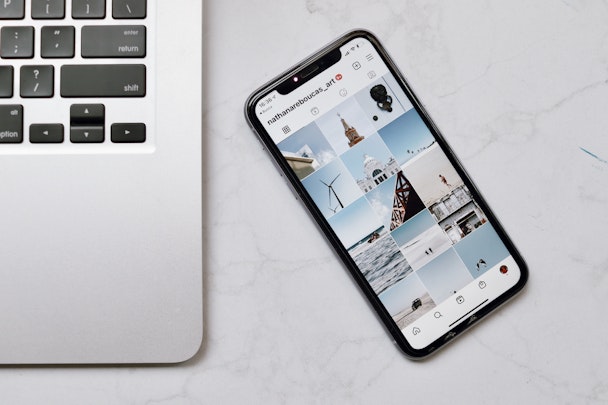Monetization and the influencer marketing landscape: what you need to know
We’re seeing more and more monetization options be made available by social media platforms across the globe. Why? It helps creators earn money, build a meaningful business, and achieve their financial goals. But most importantly, it shows that these social media platforms are appreciating and valuing creators’ efforts.

Monetization and the influencer marketing landscape: what you need to know
In this article, we’re going to dive into some of the monetization options available, examining the benefits and challenges of direct audience monetization and what effect these financial incentives have on the wider influencer marketing landscape.
What is available?
History shows that the social media platform that provides the best monetization options will win - YouTube is still considered the leader in creator monetization, but as more platforms offer revenue opportunities, this could begin to change
Let’s take a look at some of the monetization options recently introduced by other social media platforms:
-
Instagram: 'Live badges' are a feature that allows an audience to support creators during a live video - when you purchase a badge during a live, a heart icon appears next to your name in the comments. As it currently stands, the creator receives 100% of their revenue from badges purchased during an Instagram live, minus any taxes and fees applicable.
-
Facebook: 'Stars' are a similar feature to Instagram’s live badges, as they allow viewers to send stars to creators whilst they are streaming. However, viewers can also send animated, virtual gifts attached to different Star amounts that will appear in the stream. As it currently stands, for every Star a creator receives, Facebook will pay them $0.01.
-
Clubhouse: 'Payments' is the first step the social-audio app has taken to allow creators to monetize their efforts on the platform. This feature will soon allow creators to accept payments from their audience, with 100% of their earnings going to them. This revenue-generating feature has started small; it has only been rolled out to 60,000+ users in the US, but it is anticipated that it will become accessible to all creators in the near future, especially as we are seeing a surge in popularity for audio platforms and formats.
-
Twitch: 'Bits' are (can you guess?) a tipping feature that allows users to show support to their favourite creator, and each and every time a Bit is received, a creator gets $0.01. Users can go one step further in supporting their favourite creator and sign up for a subscription to their channel. A user can pay between $4.99 or $24.99 per month, and gain access to a subscriber badge, ad-free viewing and other exclusive perks.
What are the benefits and challenges associated with monetization options?
Implementing financial incentives like these attract the top content creators and encourages them to produce content of the highest quality. It also offers significantly more opportunities to engage and grow their audience; they no longer need to just produce static content, they can start an IG live and receive badges as they go. Now that people are online more than ever before, and spending a record $23.4 billion in apps, it is a perfect time for creators to access revenue directly from their fans.
Unfortunately, there is a flip side. The monetization options are eligible only for a certain number of creators. For example, YouTube leveled up its requirements for monetization through advertising, requiring a creator’s channel to have at least 1,000 subscribers and 4,000 hours of watch time per year, in order to be eligible to earn a cut (55%) of ads sold against their videos. Facebook has a similar process, as creators can only access the monetization options if they have 600,000 total minutes viewed from any combination of video uploads, and 5 or more active/previously live videos on their profile. This makes monetization options exclusive. For example, some micro creators who are just starting out will miss out on this financial incentive due to their audience number and view time.
What effect will these monetization options have on the wider influencer marketing landscape?
Creators that monetize their content will have established an invaluable asset to brands; they will have cultivated a network of actively engaged audiences who are personally invested in the creator, their lives, and their opinions, and most importantly, the content they produce. Clued-up brands will realise the significance and great opportunity this offers, and pay a premium to access those carefully curated monetised audiences.
As touched upon earlier, when creators have more money, particularly from monetization options via the platforms, the quality of the content they produce will be higher. This will create a snowball effect - the more financial rewards gained, the better the content will be. As a result, the influencer marketing landscape will see an increase in the quality of content produced: it’s a win-win situation.
It will be interesting to see how other monetization options will be developed and rolled out by the key social media players in the future. We here at Influencer are always keeping our finger on the pulse to track the impact monetization initiatives have on the creator community and, in turn, how these might affect the wider influencer marketing landscape.
Content by The Drum Network member:

Influencer
We are the originators of influencer marketing.
Influencer is an agency built at the intersection of creativity, data, and technology with a unique ‘people...

